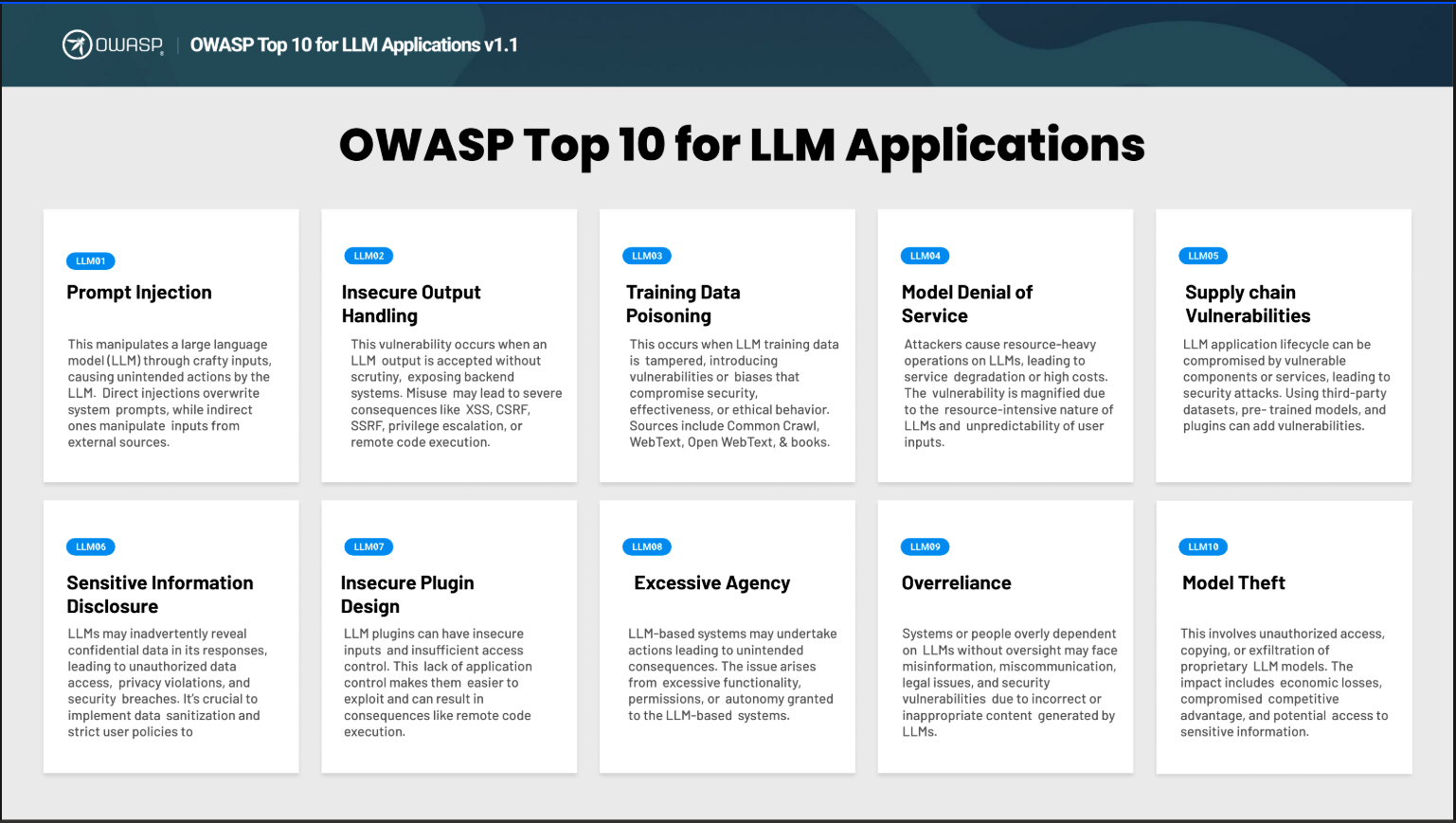Quit hiding the scrollbars on a Mac! Make Mac scrollbars always visible

macOS on Mac and MacBook machines automatically hides the scrollbars when you aren't scrolling. It is a great space saver, but it can make things difficult. This behavior violates the "what you see is what you can do" implicit contract between users and the system. It makes it impossible to scroll applications or browser windows that contain a scrolling drawing area. An example is the DASH plotting and dashboard system. The graph view grabs all scale and drag operations to the full width of the screen. The trackpad just affects the content area and not the page-level scrolling. We have a fix for that! Make scrollbars on macOS always visible You can do this via the macOS Settings application Settings --> Appearance --> Show scrollbars Created 2025/07







